-
 Prof. Huang Xiaoyu lectures on "Polymer molecular Brush and its Functional Materials"
Prof. Huang Xiaoyu lectures on "Polymer molecular Brush and its Functional Materials"On the morning of May 20, 2024, Professor Huang Xiaoyu, a researcher from Shanghai Institute of Organic Chemistry, was invited by Professor Huang Hui to give a lecture on "Polymer molecular Brush and its Functional Materials" at the University of Chinese Academy of Sciences in Classroom 115 of the first Teaching Building.

Polymer molecular brushes have been widely used in fingerprint development, catalysis, drug delivery, antifouling coatings and lithium-ion batteries, etc., and have attracted wide attention in recent years.
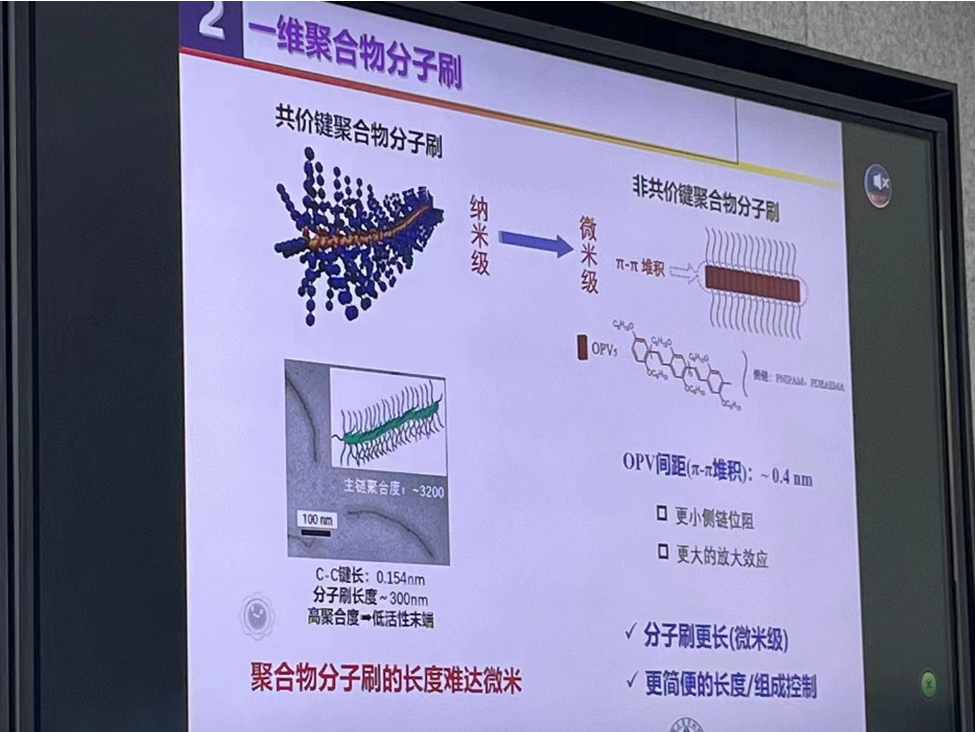

In the lecture, Professor Huang Xiaoyu clearly introduced the definition, difference, structural characteristics and application of one-dimensional, two-dimensional and three-dimensional polymer molecular brushes. The first one-dimensional polymer molecular brush is also known as grafted copolymer, which refers to the copolymer formed by dense grafting of the polymer side chain to the linear polymer chain. The compact structure of one-dimensional polymer molecular brushes produces some unique properties, such as wormlike conformation, compact molecular size, and significant end-chain effects. Two-dimensional and three-dimensional polymer molecular brushes refer to polymer composite systems formed by polymer chains densely linked on the surface of various organic or inorganic substrates. The polymer composite system not only retains the properties of the matrix, but also the introduction of polymer chains gives the composite system special properties, such as corrosion resistance, colloidal stability, anti-adhesion, stimulation response, lubrication and friction. The applications of one-dimensional, two-dimensional and three-dimensional polymer molecular brush materials in fingerprint development, catalysis, drug delivery, antifouling coating and lithium-ion battery are also introduced. Finally, Professor Huang Xiaoyu exchanged and discussed with the on-site teachers and students, and got a warm response from the on-site teachers and students.

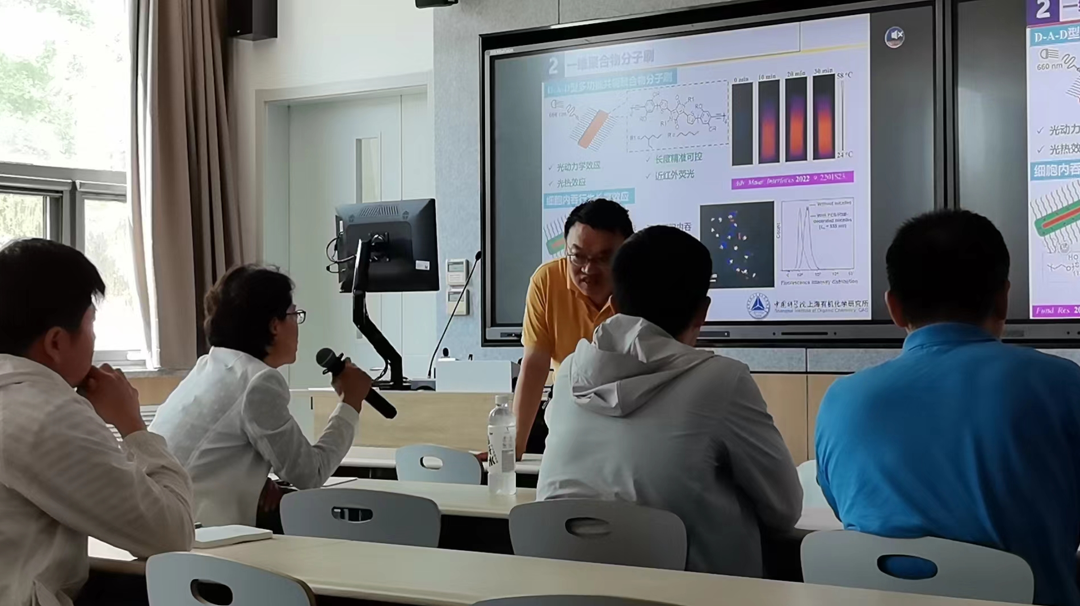
Huang Xiaoyu is a researcher and doctoral supervisor of Shanghai Institute of Organic Chemistry, Chinese Academy of Sciences. He graduated from the junior Class of Nanjing University in 1993 and from the Department of Polymer Science of Fudan University in 1998. From 1998 to 2001, he conducted postdoctoral research in the University of Toronto, Canada and the University of Akron, USA. In 2001, he was selected into the "100 Talents Program" of the Chinese Academy of Sciences and was employed as a researcher and doctoral supervisor of Shanghai Institute of Organic Chemistry of the Chinese Academy of Sciences. In 2018, it was approved as the National Science Fund for Outstanding Young People. He is mainly engaged in the research of organic polymer functional materials. He has presided over a number of national "863" projects (2), "973" projects and National Natural Science Foundation (11) and other national projects. Since 2017, more than 80 SCI papers have been published in international academic journals, and 11 Chinese invention patents have been authorized. In 2017 and 2022, he won the first prize of Shanghai Natural Science Award twice as the first complete person. In 2021, he won the Zhu Liyuehua Excellent Teacher Award of the Chinese Academy of Sciences.
-
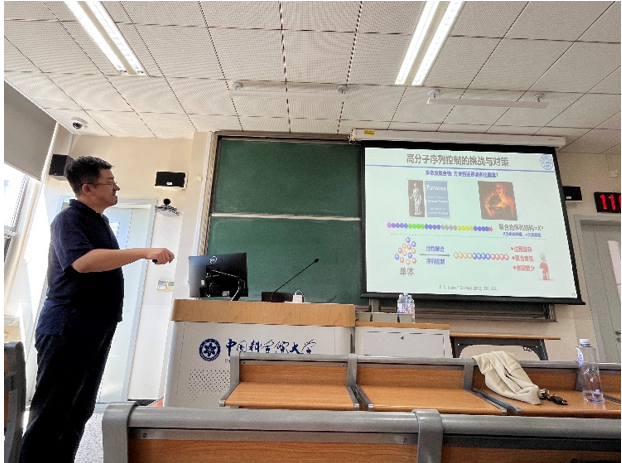 Professor Zhang Yuetao gave a lecture on the theme of "Blocking Lewis acid-base pairs to achieve accurate polymer synthesis"
Professor Zhang Yuetao gave a lecture on the theme of "Blocking Lewis acid-base pairs to achieve accurate polymer synthesis"At 10:30 on May 15, 2024, Professor Zhang Yuetao from Jilin University, at the invitation of Professor Huang Hui, came to the University of Chinese Academy of Sciences to give a lecture on the theme of "Blocking Lewis acid-base pairs to achieve accurate synthesis of polymers". The lecture was held in Room 215 on the first floor of the classroom.


Precise synthesis of polymers can control the structure and properties of polymers, which has been the focus of research in the field of polymer synthesis. The hindered Lewis acid-base pair (FLP) system has both Lewis acidity and base which are not quenched by each other. The synergistic effect of Lewis acid-base can not only achieve active polymerization, but also overcome the problems existing in traditional active polymerization methods.
In this report, a new FLP system was designed and synthesized, which improved the initiation efficiency of polymerization and inhibited the side reaction of chain bite, and for the first time realized the activity-controlled polymerization of various polar vinyl monomers catalyzed by FLP. By using FLP system with high polymerization activity and good stability, the rapid synthesis of ultra-high molecular weight polymers at room temperature and a large number of 63-block sequence controllable polymers have been achieved. The topological structure of the polymer is controlled by the flexible tunable structure of the system. The three-block thermoplastic elastomer is synthesized in one step by the topological polymerization from the middle to the two sides using the double-initiated phosphine base system. A new method for synthesis of cyclic polymers was developed using bimolecular synergistic effect of FLP system with three functions. The hindered Lewis acid-base active polymerization system has high activity, good stability and flexible structure adjustability, which is a new kind of active polymerization system with great development potential. Professor Zhang Yuetao exchanged and discussed with the on-site teachers and students, and got a warm response from the on-site teachers and students.
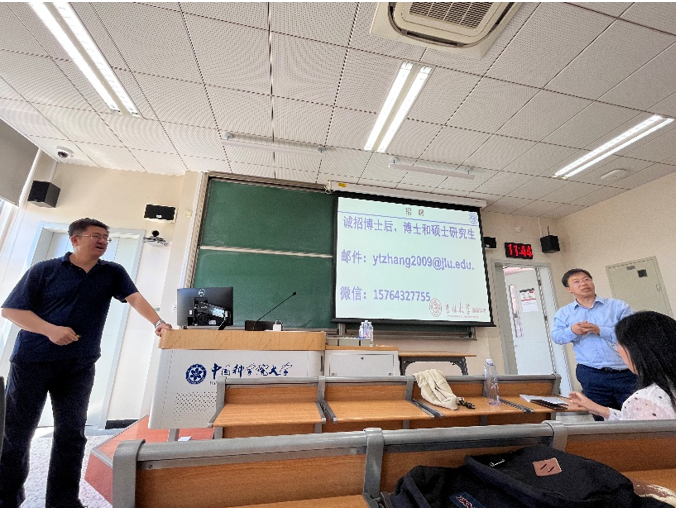
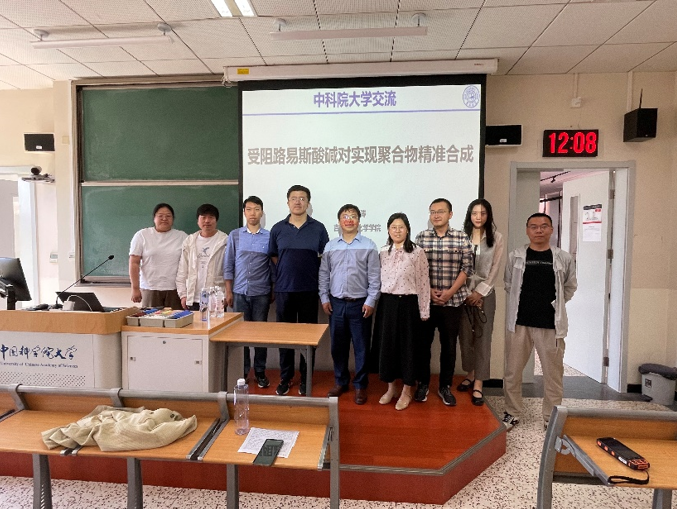
Zhang Yuetao, male, received his doctorate of Science in Organic Chemistry from the School of Chemistry, Jilin University in 2004 and worked there in the same year. In 2006, he worked as a postdoctoral researcher in Eugene Y-X. Chen's research group at Colorado State University. In 2009, he worked as a research scientist II in the Department of Chemistry, Colorado State University. In 2013, he was selected into the fourth batch of national "Overseas High-level Talent Introduction Program Youth Project", and was employed as a professor and doctoral supervisor of Jilin University. In 2014, he was awarded the "Outstanding Youth Science Fund" by the National Natural Science Foundation of China. In 2022, he won the "National Science Fund for Outstanding Young People". He is currently engaged in the research of polymer synthetic chemistry, focusing on the precise synthesis of polymers catalyzed by Lewis acid-base pairs; Catalytic synthesis of polymers based on renewable resources (catalytic synthesis of sustainable polymers); Research on the degradation of non-food biomass into high value-added chemicals or biomass energy. A series of important research results have been obtained. Now available in Nature Chemistry, J. Am. Chem. Soc., Angew. Chem. Int. Ed., Nature Communications, CCS Chemistry, Journals such as Chemical Science have published more than 80 SCI indexed papers and obtained 17 Chinese invention patents. He is currently on the Young editorial board of the journal Science Bulletin.
-
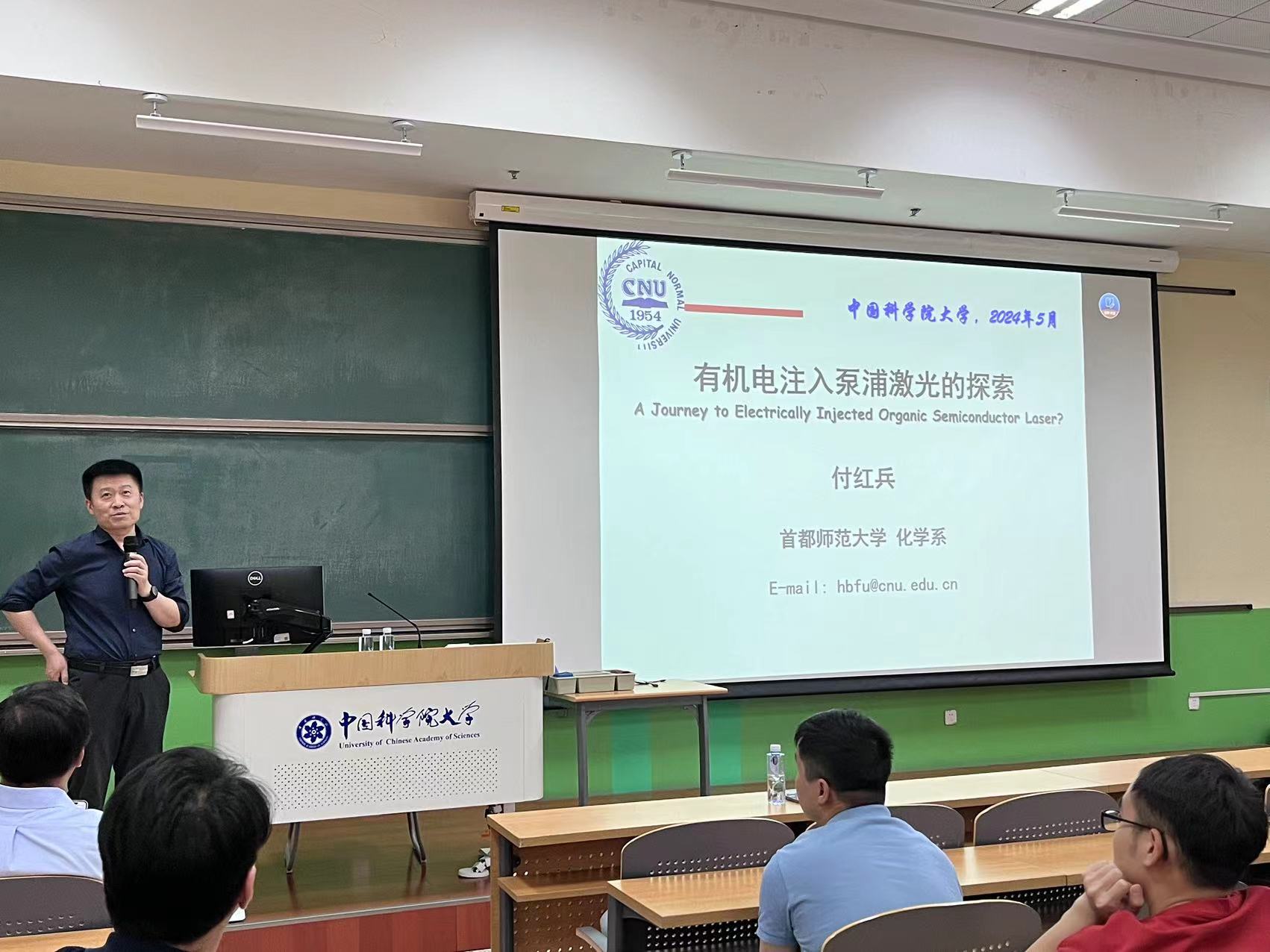 Professor Fu Hongbing gave a lecture on "Exploration of Organic Electric Pump Lasers"
Professor Fu Hongbing gave a lecture on "Exploration of Organic Electric Pump Lasers"At 14:00 on May 13, 2024, Professor Fu Hongbing from Capital Normal University came to the University of Chinese Academy of Sciences at the invitation of Professor Huang Hui to give a lecture on the theme of "Exploration of Organic Electric Pump Lasers". The lecture was held in Classroom 108 on the first floor.

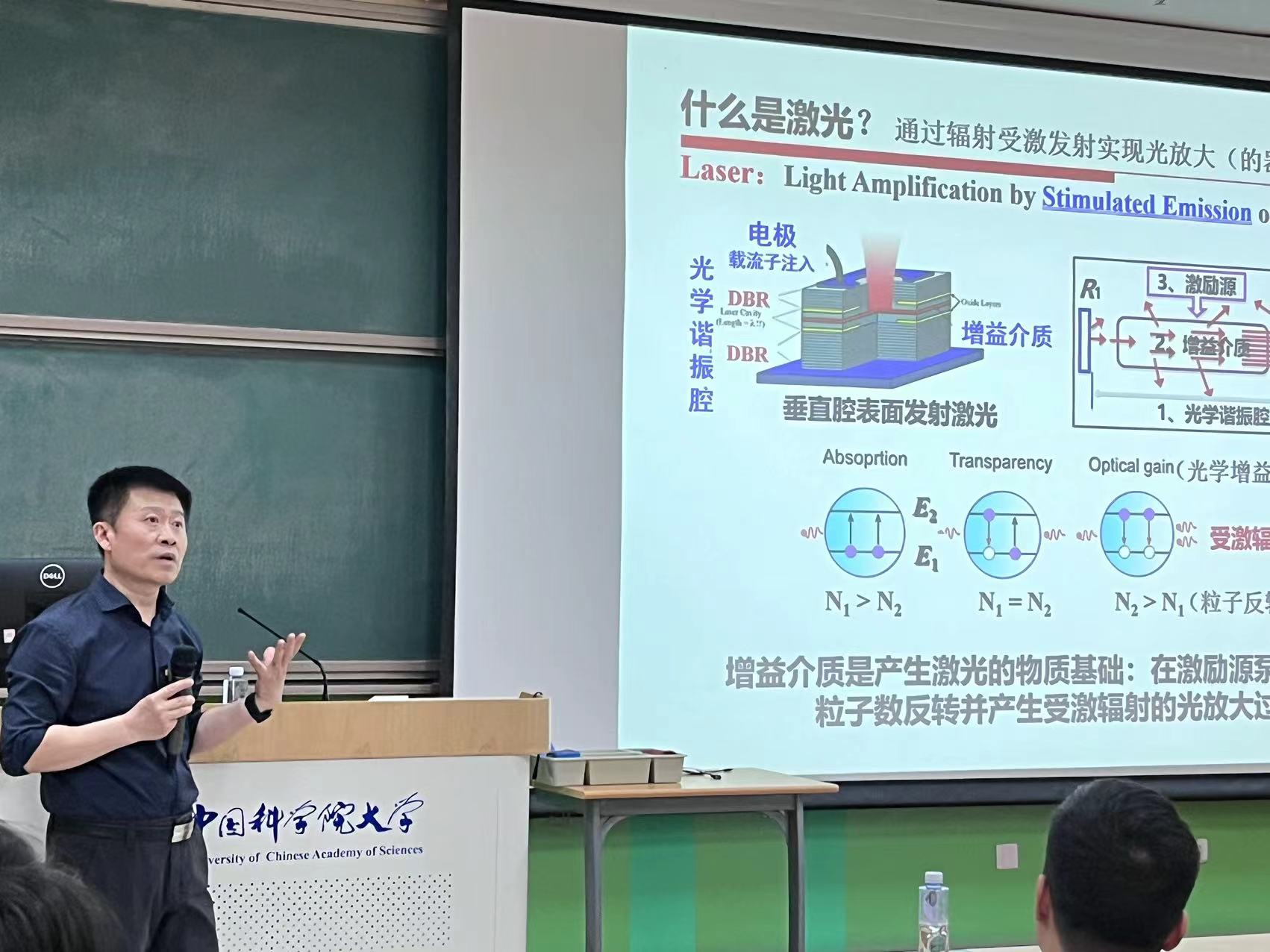
All-solid-state lasers have the characteristics of small size, good monochromaticity, strong directionality, and high brightness, and have received great attention in recent years. Especially today, when the development of science and technology requires the miniaturization and multi-functionality of devices, organic micro-nano laser materials have the advantages of low price, the ability to control the full spectrum of laser wavelengths through molecular tailoring, and the ability to be integrated on a flexible substrate on a large scale. Huge application potential.
Professor Fu started from four aspects: organic micro-nano single crystal microcavity effect, highly conductive laser gain materials, organic TADF and phosphorescent gain materials, and organic laser excitons. Based on the key scientific and technological issues of laser devices, from the source of material design Starting from the beginning, through precise and controllable self-assembly technology, breakthroughs in the two core technologies of laser gain medium and laser resonant cavity were achieved.
At present, high-performance laser devices have achieved full spectrum coverage of wavelengths from the ultraviolet region to the near-infrared region; through laser micromachining technology and patterned assembly technology, the design of organic, organic/inorganic hybrid micro-nanocrystalline laser arrays has been achieved ; Realize the design and application of micro-nano photonic devices based on organic micro-nano crystal laser materials. Aiming at the important scientific frontier of organic electrical pump laser, we try to solve its key scientific and technological problems from the perspective of new materials, new technologies and new principles.
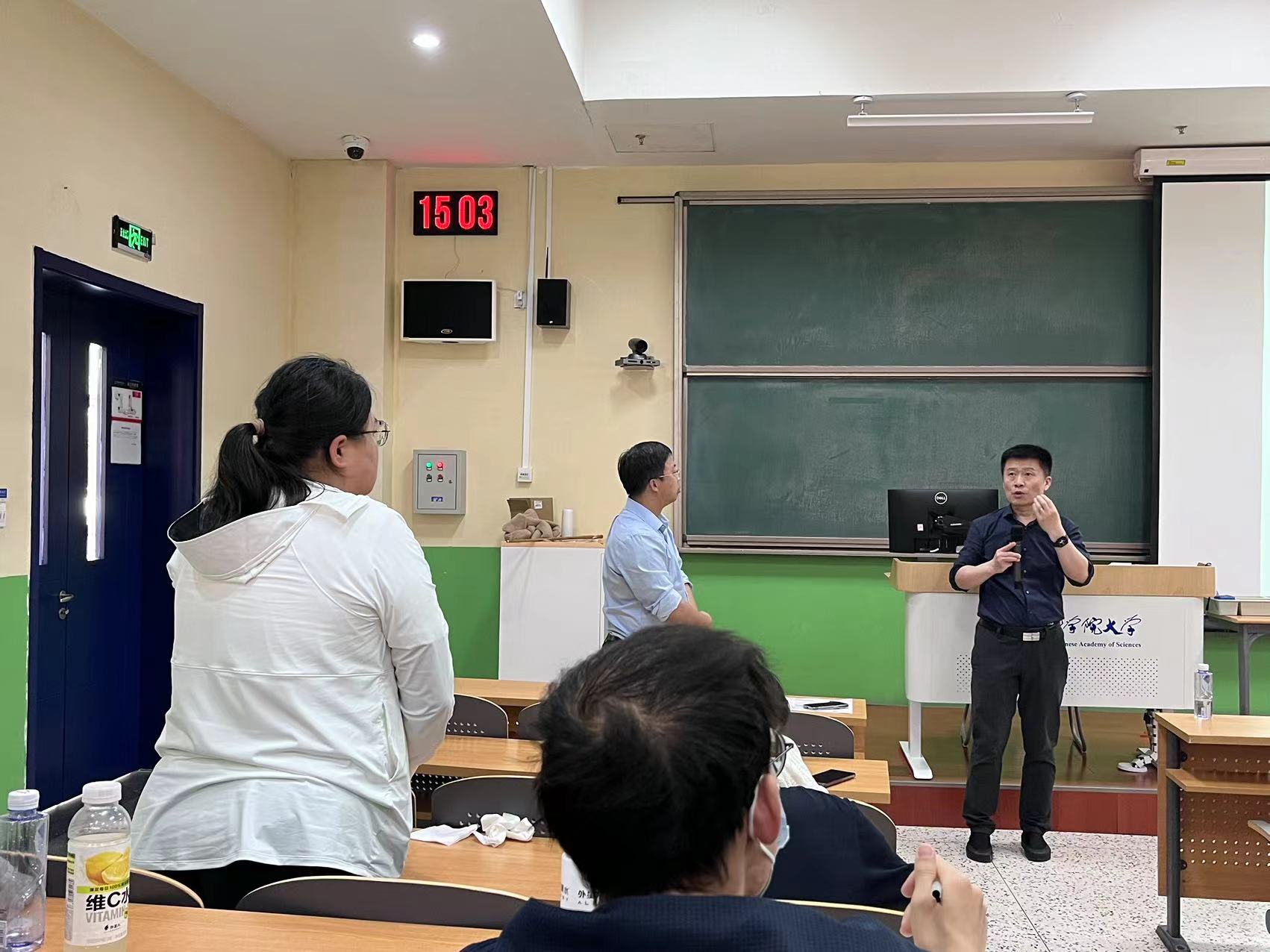
During the lecture, the teacher and classmates actively discussed the content of the report. The report aroused widespread interest among teachers and students.

Fu Hongbing, Department of Chemistry, Capital Normal University, professor, doctoral tutor and student tutor, director of Beijing Key Laboratory of Optical Functional Materials and Devices. In 2006, he was selected into the "Hundred Talents Program" of the Institute of Chemistry, Chinese Academy of Sciences. In 2009, he was funded by the National Science Fund for Distinguished Young Scholars. In 2015, he was awarded the Yangtze River Distinguished Professorship of the Ministry of Education. In 2021, he was awarded the title of Beijing Scholar. He was awarded the title of third-place finisher twice in 2004 and 2014. Won the second prize of National Natural Science Award. A total of more than 230 articles have been published in the field of organic micro-nano optical functional materials and devices, and the articles have been cited more than 15,000 times. H-index: 63
-
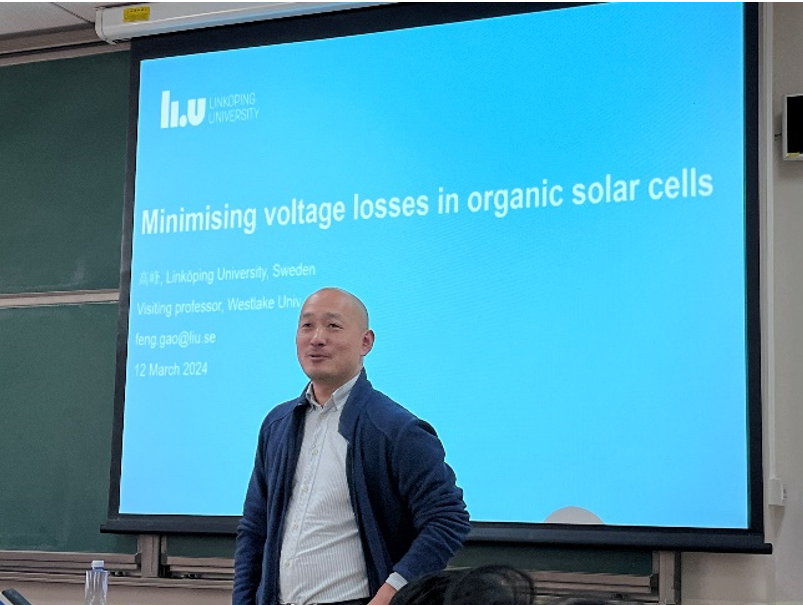 Professor Gao Feng lectures on "Minimizing Voltage loss in organic solar cells"
Professor Gao Feng lectures on "Minimizing Voltage loss in organic solar cells"At 14:00 on March 12, 2024, Professor Gao Feng from Linkoping University, Sweden was invited by Professor Huang Hui to give a lecture on "Minimizing voltage loss of organic Solar Cells" in the University of Chinese Academy of Sciences. The lecture was held in Room 214 on the first floor of the classroom.

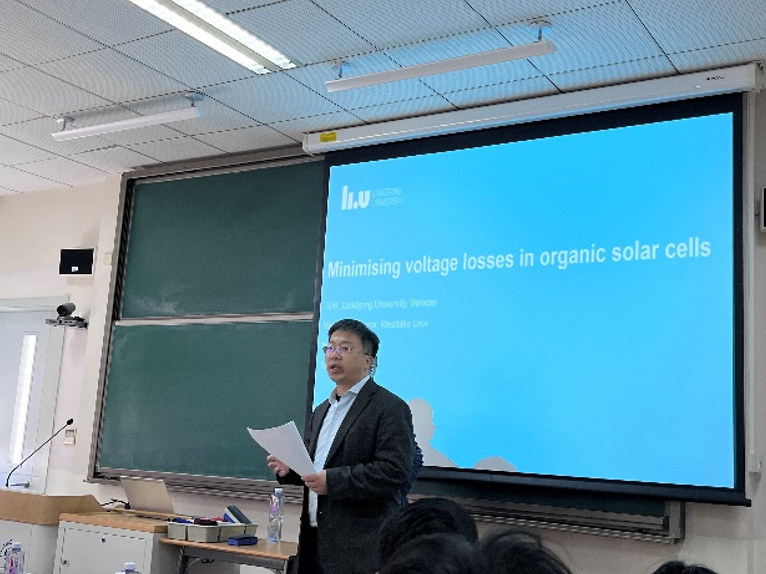
The power conversion efficiency of organic solar cells (OSCs) has now reached a high value of close to 20%. Recent advances in organic solar cells based on non-fullerene receptors (NFAs) reduce the voltage loss of non-radiation. In contrast to the energy gap law dependence observed in conventional "donor: Fullerene acceptor" blends, in the most advanced "Donor: non-fullerene acceptor" organic solar cells, the non-radiating voltage loss is not correlated with the energy of the charge transfer electronic states at the "donor: acceptor" interface.
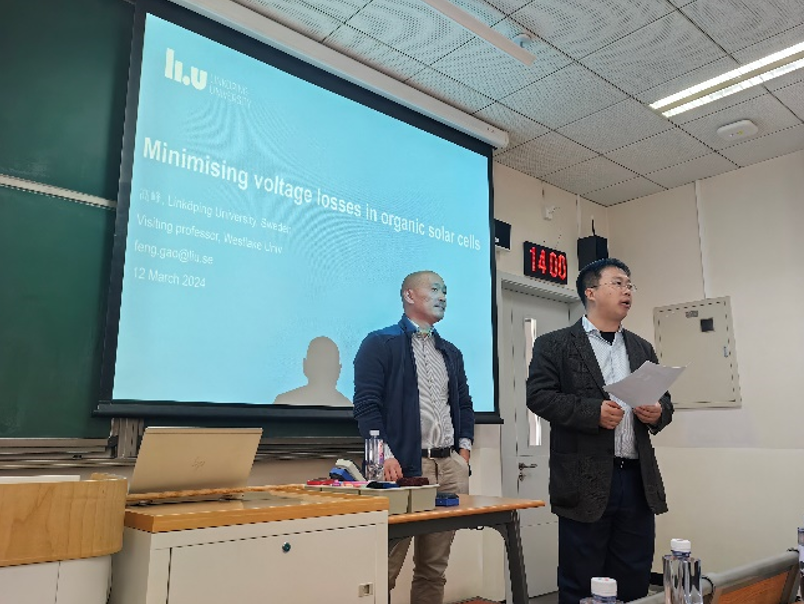
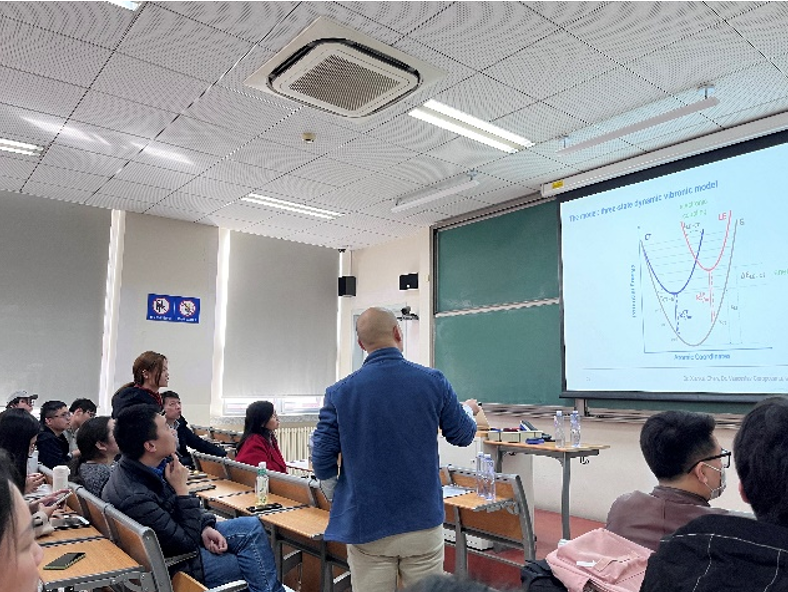
By combining temperature-dependent electroluminescence experiments and dynamic vibration simulations, Professor Gao's team provided a uniform description of non-radiative voltage losses in fullerene-based and non-fullerene-based devices. Second, the team emphasizes that the photoluminescence yield of the original material determines the lower limit of non-radiative voltage loss. The team also demonstrated that non-radiative voltage losses can be obtained without sacrificing charge generation efficiency (e.g. <0.2 V) reduction. The team further extended their understanding to ternary organic solar cells, providing reasonable material design rules for the third element of the efficient triplet. Professor Gao Feng conducted exchanges and discussions with the on-site teachers and students, and got a warm response from the on-site teachers and students.

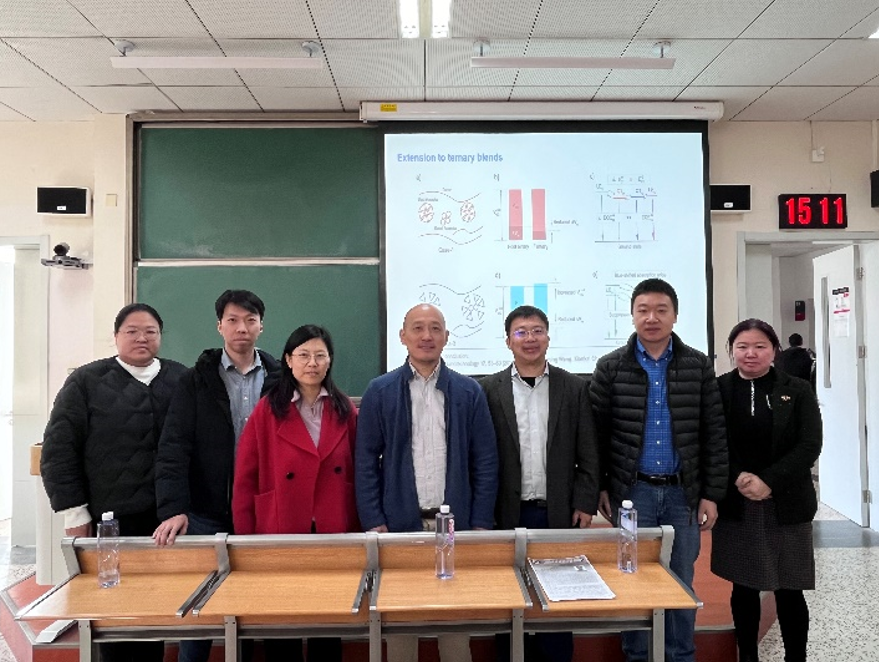
Gao Feng, Professor, Linkoping University, Sweden. He received his bachelor's and Master's degrees from the Department of Physics of Nanjing University in 2004 and 2007, and his doctorate degree from Cavendish Laboratory of Cambridge University in 2011. He then joined Linkoping University in Sweden as a Marie Curie Post-Doctoral Fellow (2013), Assistant Professor (2015), Associate Professor (2017) and Professor (2020). Currently visiting Westlake University. He is deputy editor of Science in China: Materials and deputy editor of FexMat. Professor Gao Feng's research interests are in solution-processable optoelectronic devices and their mechanisms, mainly based on organic and perovskite semiconductor materials. Related work has been published as corresponding author in Science, Nature, Nature Materials, Nature Photonics, NatureEnergy, Nature Electronics and other journals. Supported by a number of talent programs in Sweden and the European Union, including Future Research Leader of the Swedish Foundation for Strategic Research, Wallenberg Academy Fellow funded by the Wallenberg Foundation in Sweden, ERC Grants from the European Research Council (Starting Grant 2016, Consolidator Grant 2021). 2020-2025 As Chief Scientist to chair key frontier science projects of the Wallenberg Foundation in Sweden. In 2020, he was awarded the Tage Erlander Prize by the Royal Swedish Academy of Sciences for his research on the mechanisms of solar cells and light-emitting diodes.
-
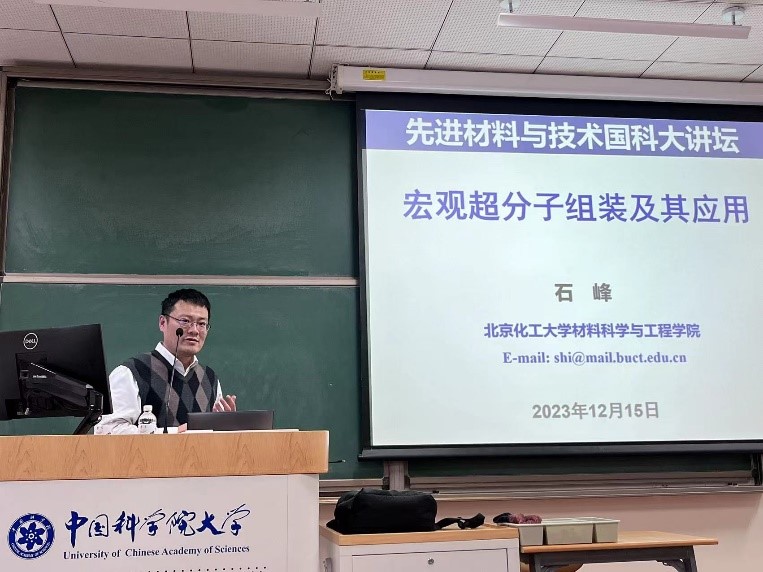 Professor Shi Feng's lecture on "Macroscopic supramolecular Assembly and its Application"
Professor Shi Feng's lecture on "Macroscopic supramolecular Assembly and its Application"At 15:30 on December 15, 2023, Professor Shi Feng from Beijing University of Chemical Technology was invited by Professor Huang Hui to give a lecture on "Macroscopic supramolecular Assembly and its Application" in the University of Chinese Academy of Sciences. The lecture was held in Room 305 on the first floor of the teaching Hall.

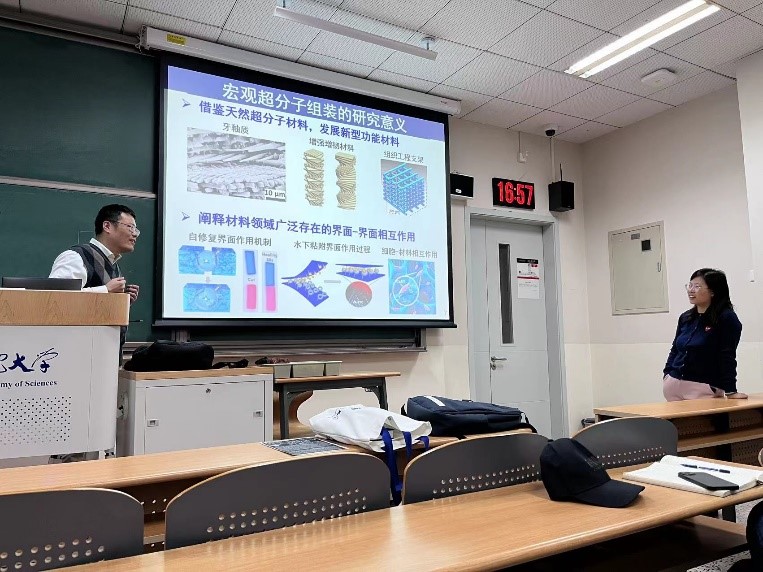
Macroscopic supramolecular assembly refers to the process of constructing supramolecular materials by introducing supramolecular recognition groups through surface chemical modification on the construction primitive surface of more than 10 microns, and then assembling supramolecular materials by interface. It is a new research direction of supramolecular chemistry and provides a new idea for the preparation of bulk phase supramolecular materials.
Professor Shi Feng first introduced the research of macroscopic supramolecular assembly, which can develop new functional materials by drawing on natural supramolecular materials. Moreover, the research of macroscopic supramolecular assembly can provide an ideal model system to explain the interfacial interaction widely existing in the field of materials science, and help to understand the relevant interfacial mechanism of action. Then, focusing on the problem of how to achieve efficient and accurate macroscopic supramolecular assembly, the design principle of high compliant surface is introduced from the perspective of the influence of interface deformation ability on assembly behavior. In the macroscopic supramolecular assembly, the collision and assembly of building elements depend on strong external forces such as vibration and rotation, resulting in poor matching degree and low order degree of the final assembly. Therefore, the team developed two strategies. For the system where the dynamic process of the imprecise structure is dominant, the difference in thermodynamic stability between the imprecise structure and the precise structure was utilized to develop a self-correcting strategy. Obtain accurate assemblies; For the system which can control the assembly dynamics and realize the precise structural dynamics process, the assembly of the system in the near thermodynamic equilibrium state is realized by constructing the spontaneous motion of the primitive, and the ordered structure is obtained directly. Finally, the three-dimensional ordered structure of heterogeneous materials is constructed by macroscopic supramolecular assembly, which solves the problem of efficient composite of heterogeneous materials in three-dimensional space, and expands the application range of supramolecular assembly. Professor Shi Feng conducted exchanges and discussions with the on-site teachers and students, and got a warm response from the on-site teachers and students.
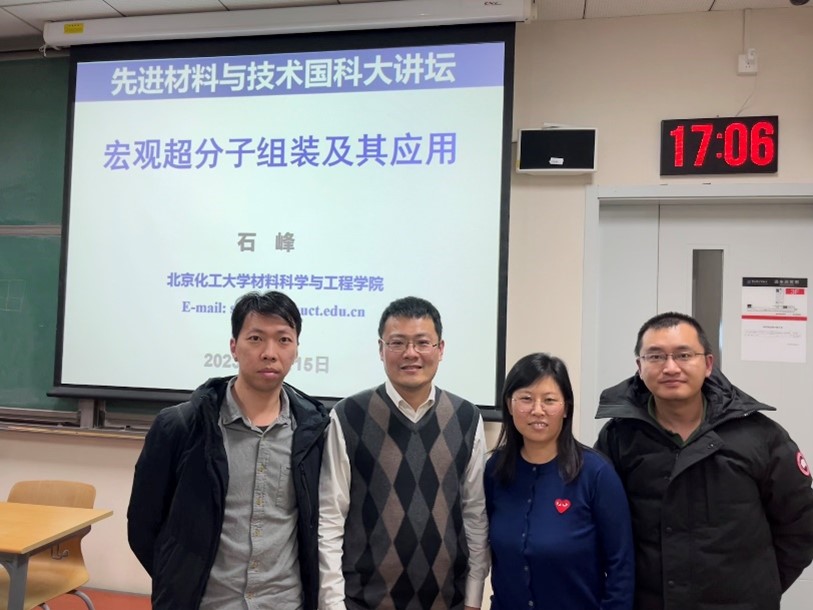
Shi Feng, professor, PhD supervisor, Beijing University of Chemical Technology. His research interests focus on macroscopic supramolecular assembly, focusing on the interpretation of interfacial interactions in the field of materials, and developing new ways to prepare bulk phase supramolecular materials. Currently in Adv. Mater, Angew.chem.in.ed., Nat.Commun. He has published more than 100 papers in other journals, granted 6 patents, and cited more than 5,000 times in SCI. Supported by the National Science Foundation for Outstanding Young People, the National Natural Science Foundation for Outstanding Young People, Beijing Jieqing, and the Huo Yingdong Foundation of the Ministry of Education. Selected as the "Ten thousand People Plan" scientific and technological innovation leading talents, the Ministry of Education's first Young Yangtze River Scholars, the Ministry of Education's New century talents, Beijing New Star Program and so on. He is the chief editor of Supramolecular Materials, a new journal of Science Press /Elsevier, the editorial board member of Cell Reports Physicascience, and the Executive editor of Chemical Journal of Colleges and Universities. He is a member of supramolecular Chemistry Committee and bionic Materials Chemistry Committee of Chinese Chemical Society.
-
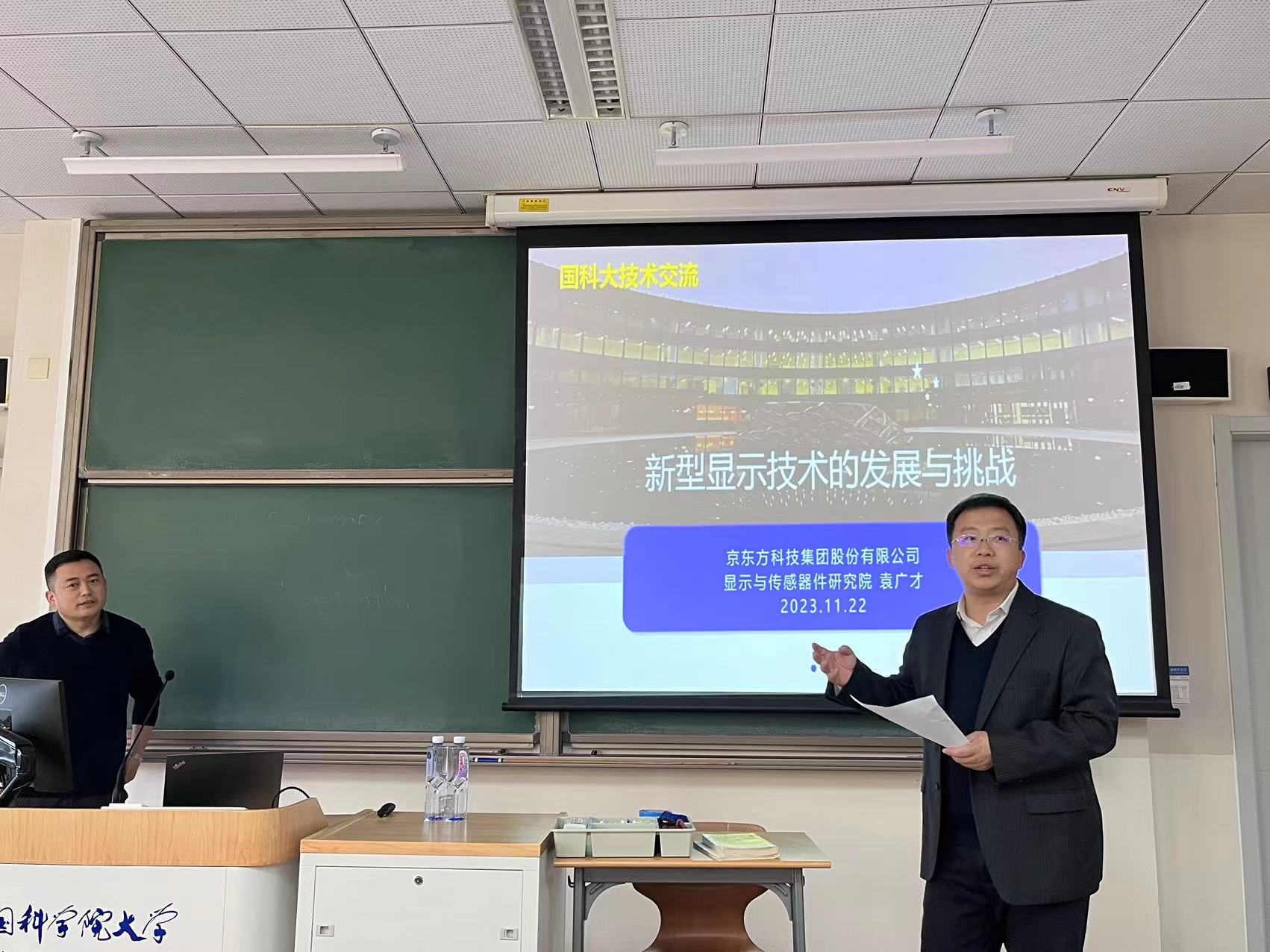 Professor Yuan Guangcai gave a lecture on "Opportunities and Challenges of New Display Technology"
Professor Yuan Guangcai gave a lecture on "Opportunities and Challenges of New Display Technology"On the afternoon of November 22, 2023, Professor Yuan Guangcai was invited by Professor Huang Hui of the School of Materials to give a lecture on the theme of "Opportunities and Challenges of Emerging Display Technologies" in Jiaoyi 306.

Professor Yuan Guangcai's report mainly focused on four aspects: "Development Trends of New Display Technology", "Development Status of BOE", "Development Trends of Future Display Technology", and "Problems and Opportunities of Organic Semiconductors". He explained the industry background in the display field, the manufacturing process of new displays and the development direction of future display technology, introduced BOE Group’s technological breakthroughs and the direction of future technology exploration, and elaborated on the industry’s technological frontiers and technical difficulties.

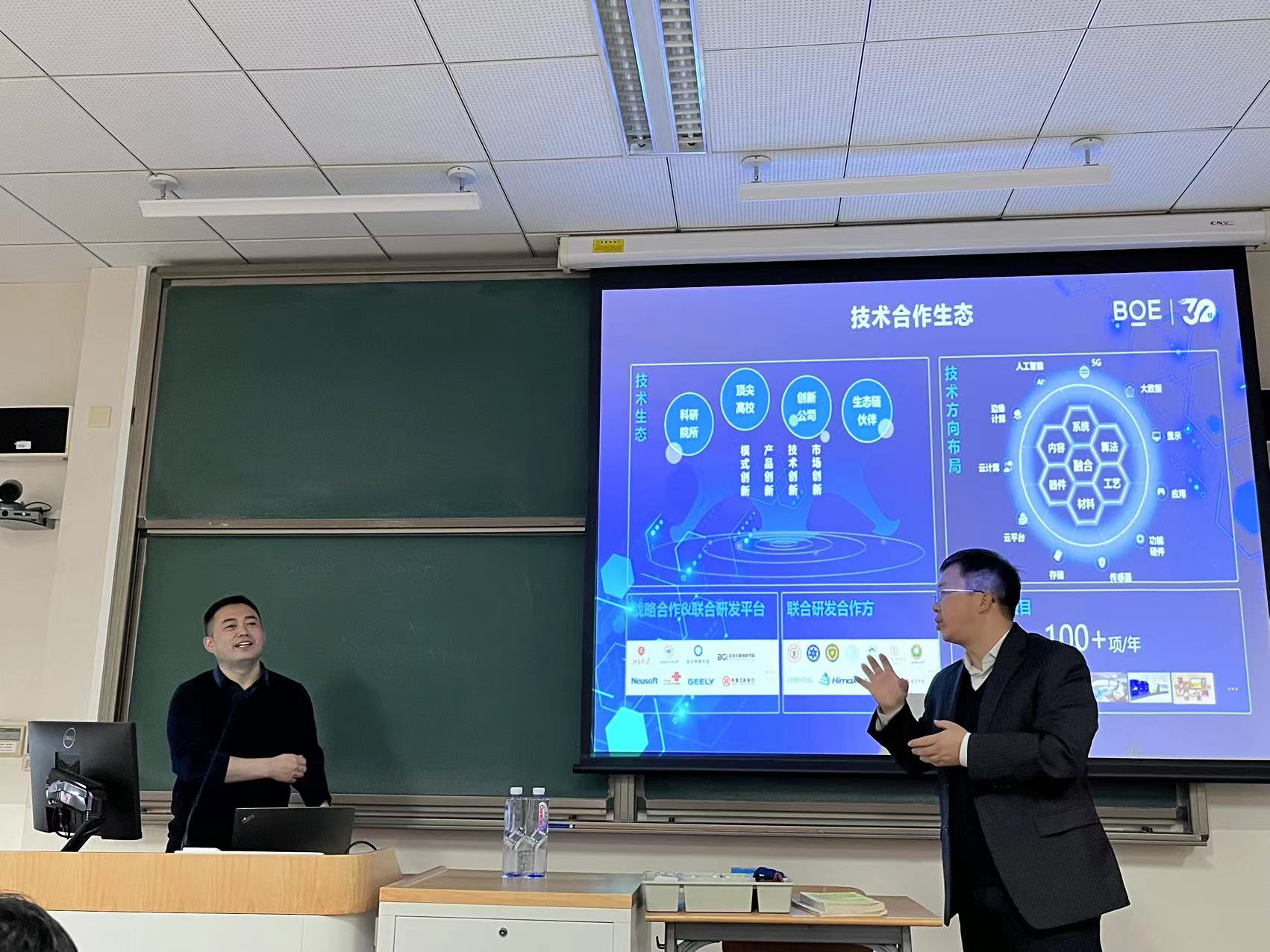
After the report, Professor Yuan returned to his classmates and teachers for their professional knowledge related to the cutting-edge display technology and had in-depth exchanges with everyone.
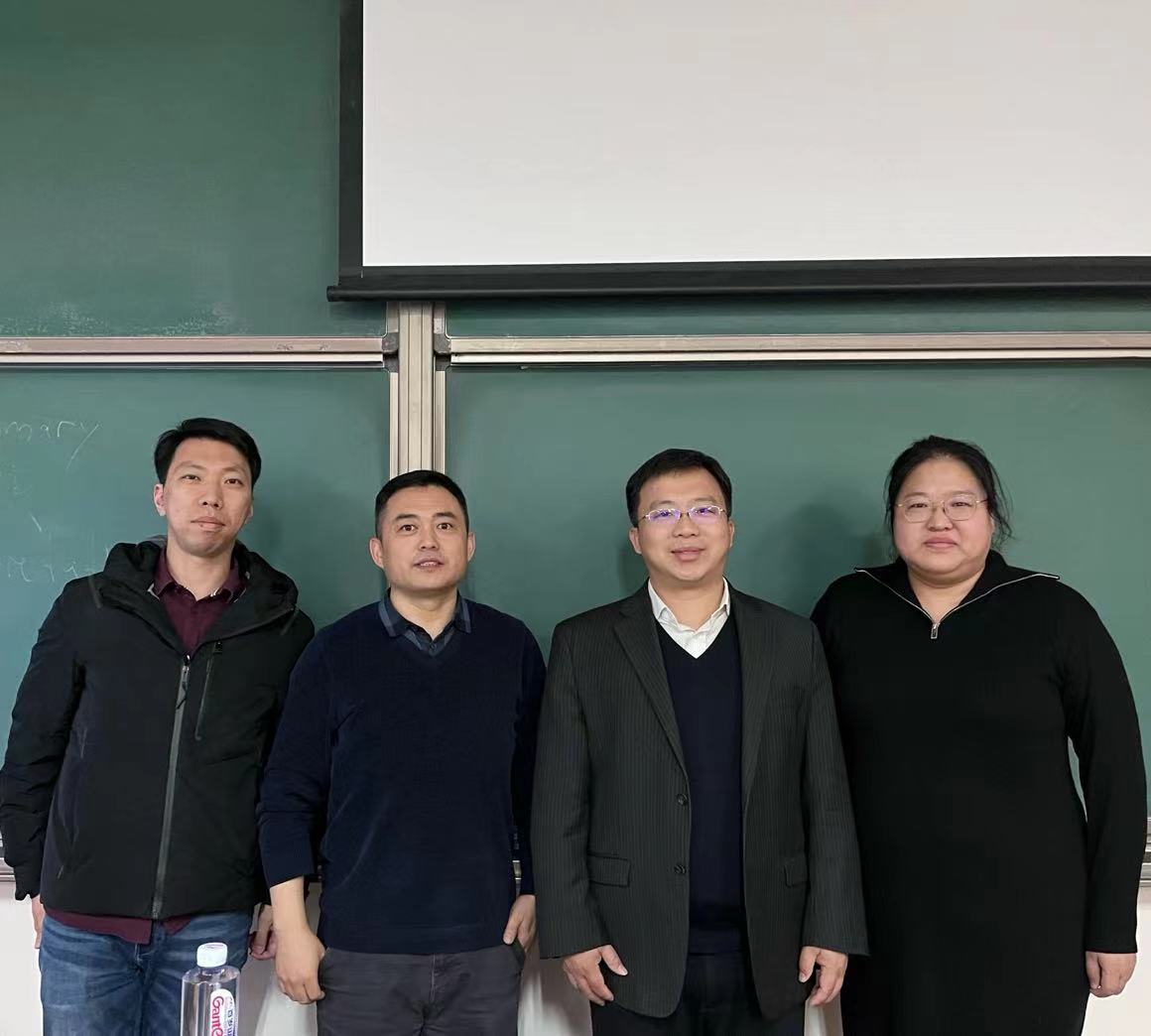
Dr. Yuan Guangcai, professor-level senior engineer, doctoral supervisor, BOE Semiconductor Technology Scientist/Vice President/Dean. He has 16 years of R&D experience in the field of semiconductor display. In the past five years, it has led the research and development of mass-produced technologies in four technical directions: oxide TFT, flexible LTPO, MLED display, and digital production equipment, with related technology output exceeding 40 billion in output value. With the support of national projects, companies and R&D teams, 224 authorized patents have been obtained in the past five years, forming strict technology control. Relevant achievements have been highly recognized by the industry and society, and won 21 awards including the First Prize for Scientific and Technological Progress Award from the China Electronics Society, Outstanding Scientific and Technological Workers, and Outstanding Youth in Beijing. As the project leader, he presided over the key special projects of the 14th Five-Year Plan, and led more than 20 major projects such as the National Natural Science Foundation of China, the National Key Research and Development Plan of the Ministry of Science and Technology, and the application of disruptive technologies in Zhongguancun. At the same time, he has also continued to conduct in-depth research in cutting-edge technologies and theoretical directions. He has published 19 papers in the past five years, including Nano Research, Adv.Sci., Adv.Funct. Mater., Chem.Eng.J. and IEEE T. ElectronDev., etc. High quality papers.
-
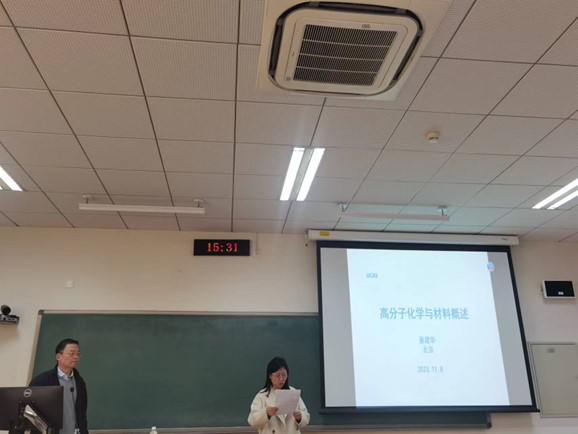 Lecture on "Polymer Chemistry and Materials Overview" by Professor Dong Jianhua
Lecture on "Polymer Chemistry and Materials Overview" by Professor Dong JianhuaOn the afternoon of 8 November 2023, Professor Dong Jianhua was invited by Professor Huang Hui of the School of Materials Science and Optoelectronics Technology to give a lecture on "Polymer Chemistry and Materials Overview" in Teaching 1-417.

Polymer compounds are used as materials in various fields of people's production and life, and people's clothing, food, housing and transportation are inseparable from polymer materials. This report summarizes the basic knowledge of polymers, the research frontiers of polymer chemistry and materials, etc. Professor Dong first briefly introduced what is polymer material, the difference between polymer and small molecule, and introduced various natural polymer materials, synthetic polymer materials and so on. Then the development history of polymer industry in China and the history of polymer chemistry are introduced. Then the application of polymer in food, clothing, housing and transportation is introduced, especially the application of polymer materials in medicine is introduced. Polymer recycling has always been the focus of attention in the industry. Professor Dong introduced the current situation and existing problems of polymer recycling in detail. In addition, Professor Dong also introduced the cutting-edge applications of polymers, including biochemistry and temperature sensors, molecular electronics devices, displays, light-emitting diodes, and field effect transistors. At last, Professor Dong and the on-site teachers and students conducted exchanges and discussions, and got a warm response from the on-site teachers and students.
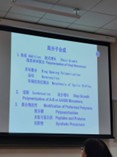

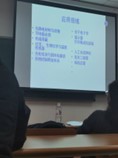
Dong Jianhua, male, received his bachelor's degree in Chemistry from Zhejiang University in 1982 and his Doctor of Science degree from the Institute of Chemistry, Chinese Academy of Sciences in 1989. After two years of postdoctoral research in the Department of Chemistry, Peking University, he continued to teach there until December 1997. From 1998 to 2019, he was responsible for project management in the field of organic polymers at the National Natural Science Foundation of China (retired in June 2019). Since 1999, he has been a researcher, and has successively served as the director of various scientific fund projects, the director of Scientific Division, and the second-level researcher in the fields of organic polymer materials, polymer science, materials chemistry and energy chemistry. We have organized many research seminars on the development and frontier strategies of organic polymers, as well as academic activities on the establishment and operation of major research projects. Edited three monographs on the frontiers, progress and prospects of this discipline; He has written several chapters for related monographs.
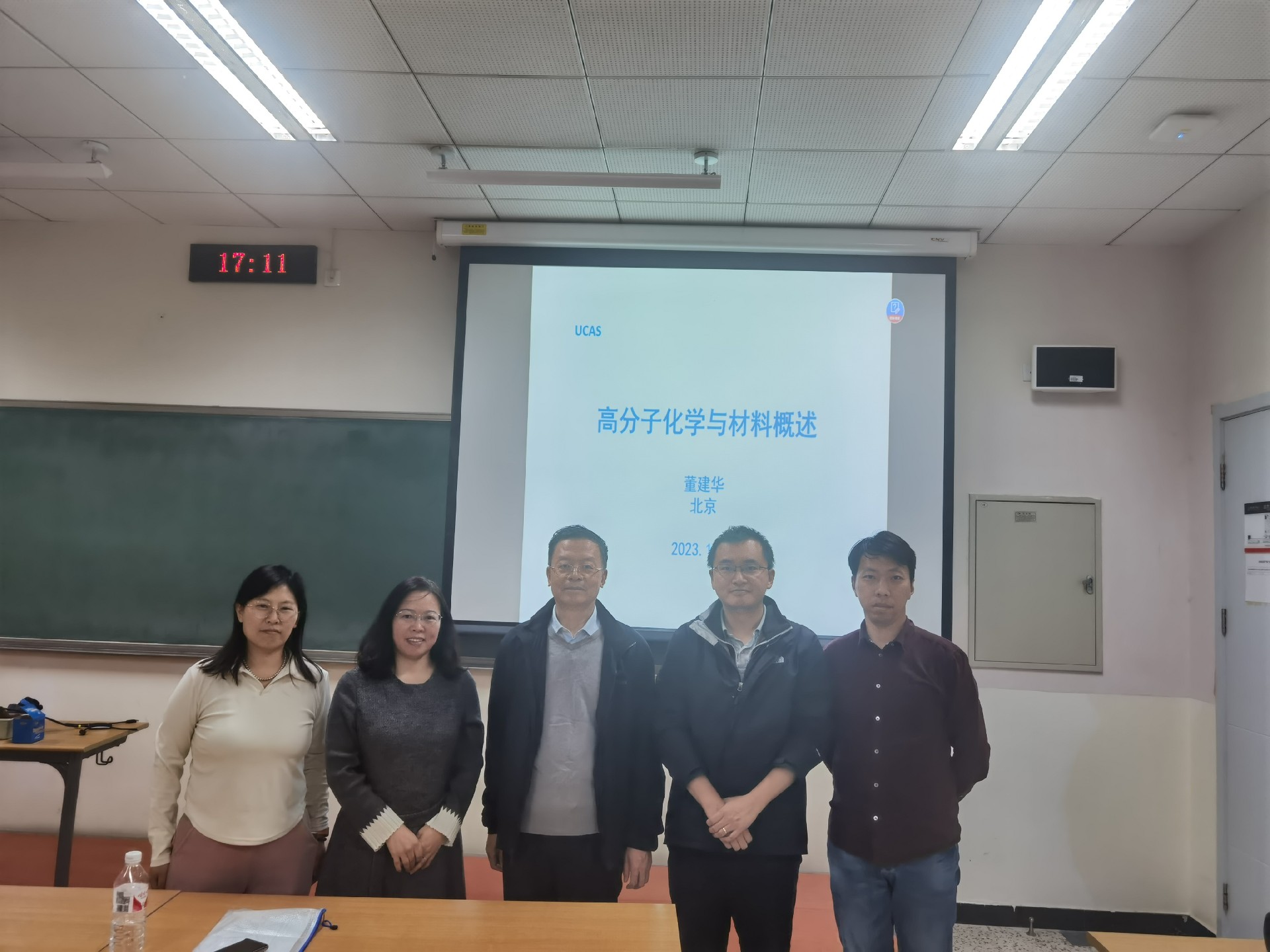
He was a member of the 26th Council of the Chinese Chemical Society, the executive director of the 28th and 29th Council, and the deputy director of the polymer Science Committee for a long time. Deputy editor of the polymer editorial Board of Chemistry Volume of the Third edition of the Encyclopedia of China, he has organized and written scientific dictionaries and disciplinary strategy reports for many times. 2007-present Wiley Publishing Company international academic professional journal "Polymers for Advanced Technologies" "Associate editor" Editors, 2011 - Member of the Editorial Board of the Royal Society of Chemistry Series on Polymer Chemistry. He has served as editorial board member of many domestic academic journals. He studied in universities in the United States and Korea for two and a half years.
-
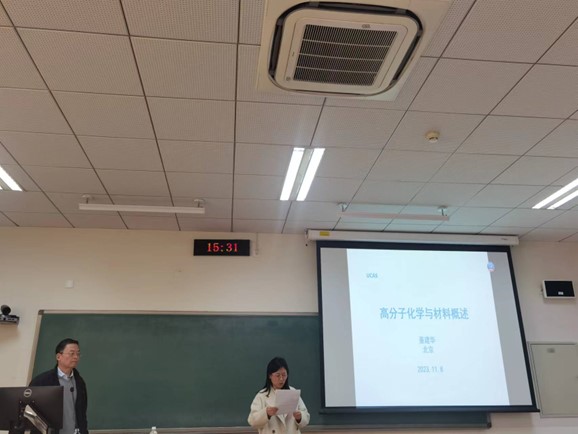 Professor Guo Lin’s lecture on “Controllable Preparation and Characteristics of Inorganic Amorphous Micro-Nano Materials”
Professor Guo Lin’s lecture on “Controllable Preparation and Characteristics of Inorganic Amorphous Micro-Nano Materials”At 15:30 on November 2, 2023, Professor Guo Lin of Beijing University of Aeronautics and Astronautics was invited by Professor Huang Hui to give a lecture on the theme of "Controllable Preparation and Characteristics of Inorganic Amorphous Micro-Nano Materials". The lecture was held in Classroom 207 of Teaching 1 held.
The controllable synthesis of materials is the basis for studying their structure, properties, structure-activity relationships and applications. Compared with crystal structure materials with three-dimensional periodic regular arrangement, the controllable amorphous structure materials with short-range ordering and long-range disordered atomic arrangement Synthesis and its growth mechanism have always been internationally recognized problems, which have long restricted the development of amorphous micro-nano materials. At the same time, the highly unsaturated coordination environment on the surface of the amorphous structure allows the construction of amorphous nanomaterials to further increase the high specific surface area of traditional nanomaterials into high active site concentrations, allowing the theoretical intrinsic properties of various materials to be fully demonstrated.
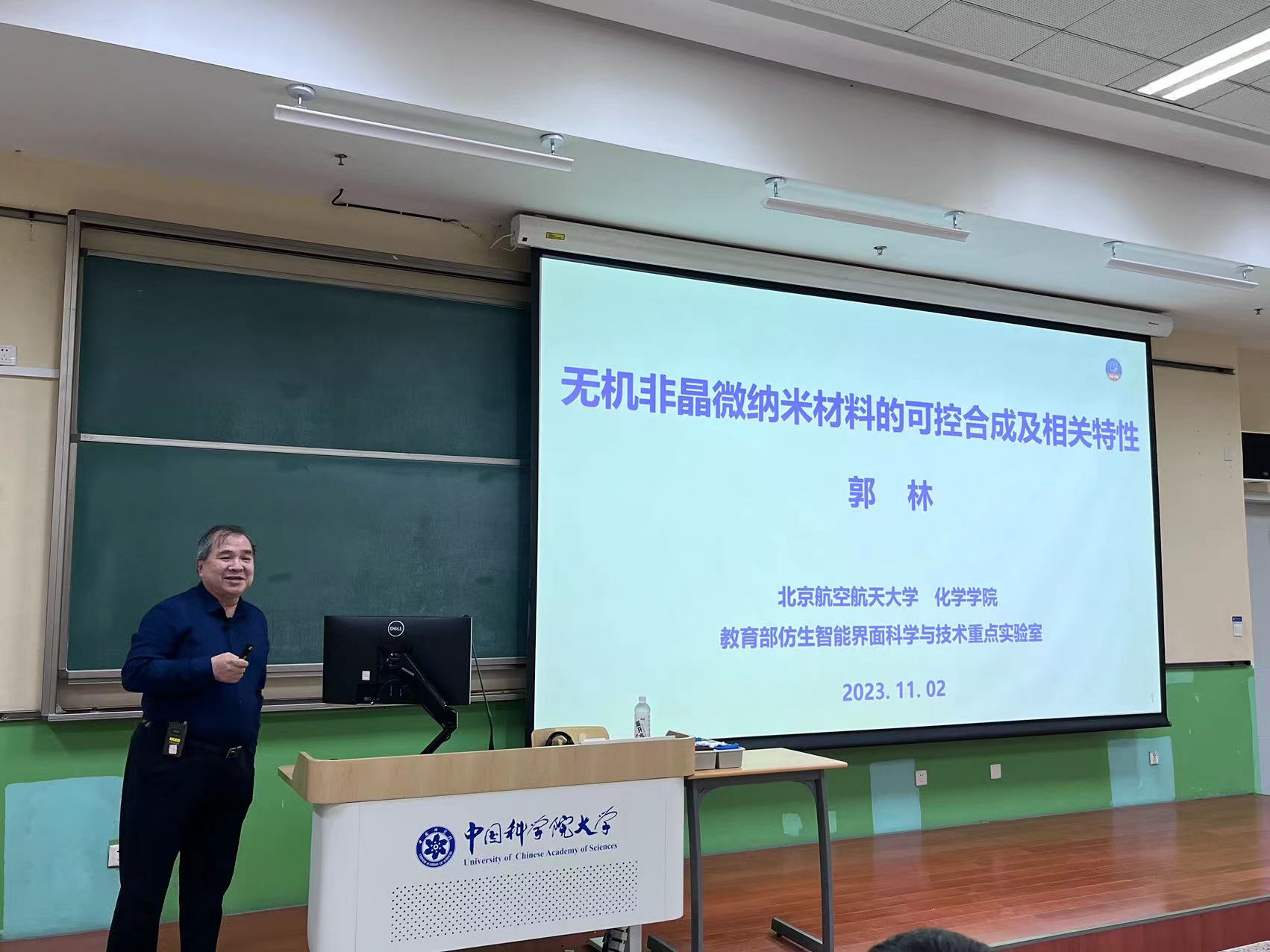
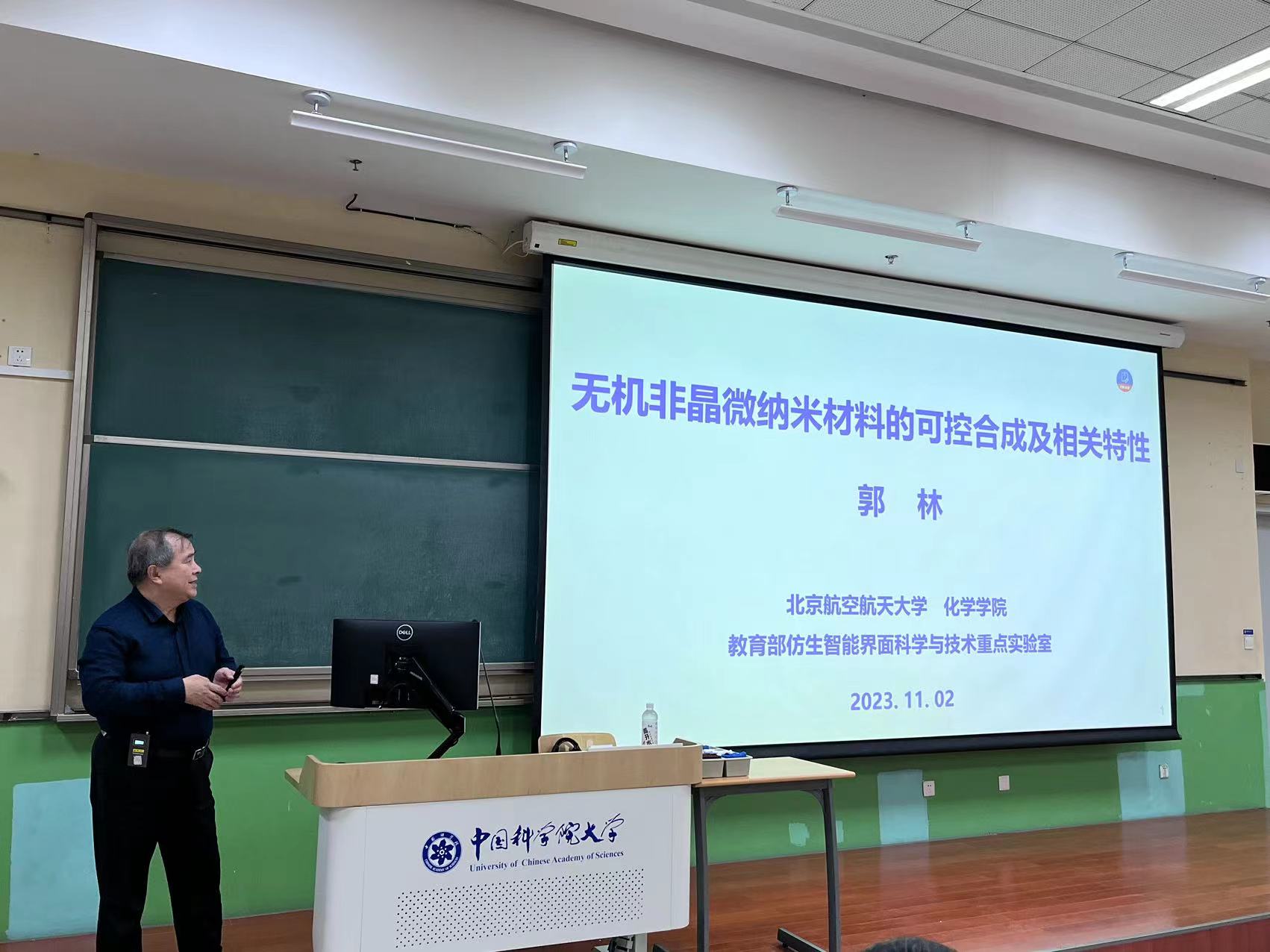
Based on the understanding of the formation mechanism of amorphous micro-nano materials, Professor Guo Lin studied the universal preparation methods of amorphous micro-nano materials, optical characteristics of inorganic amorphous micro-nano materials, catalytic applications of inorganic amorphous micro-nano materials, high strength and high toughness The four aspects of material structure construction are unfolded, and the research results of the group in recent years are systematically introduced. A series of inorganic amorphous micro-nano materials with regular morphologies were prepared, and their excellent catalytic, optical, and mechanical properties were explored. These systematic studies will deepen people's understanding of the rules of amorphous materials and expand their applications.
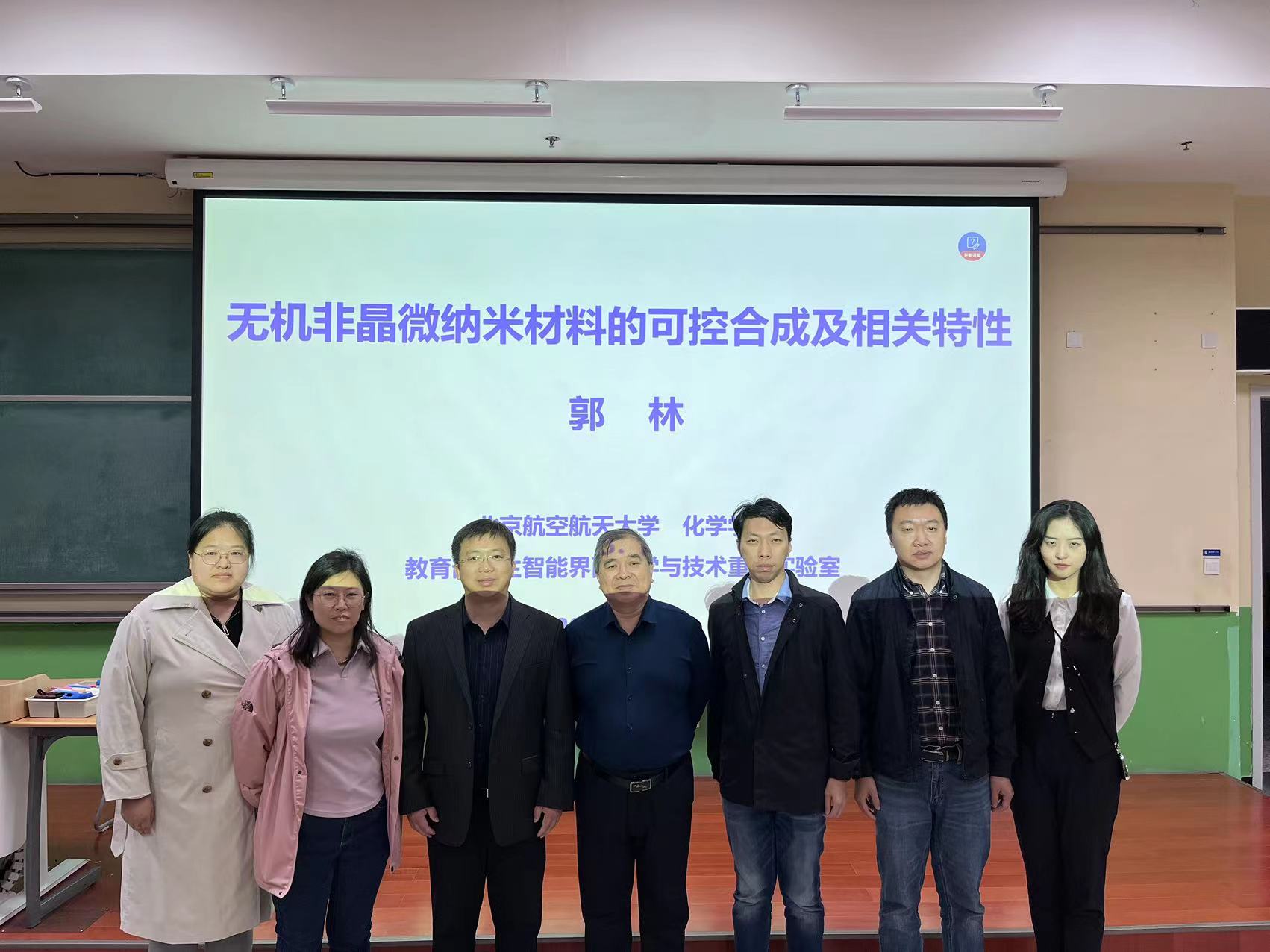
Professor Guo Lin is one of the first batch of professors directly appointed by the president of Beihang University and a Yangtze River Scholar Distinguished Professor of the Ministry of Education. Winner of the National Science Fund for Distinguished Young Scholars, Fellow of the Chinese Chemical Society, Fellow of the Royal Society of Chemistry: Science and technology management talents with outstanding contributions in Beijing, outstanding party members in Beijing universities, outstanding teachers in Beijing, outstanding graduate instructors in Beijing, Winner of Baosteel Outstanding Teacher Award. He has published more than 400 academic papers in international journals such as Science, Nature, Nat. Catal., Nat. Mater., JACS, Angew. Chem. Int. Ed., PNAS, Chem. Rev., etc., and he has been cited more than 21,000 times: Guidance For doctoral students, one was awarded the National Excellent Doctoral Thesis, and two were awarded the Beijing Excellent Thesis. In the past five years, as the project leader, he has presided over one national key R&D program and two National Natural Science Foundation key projects: the first winner, won the first prize of the Natural Science Award of the Ministry of Education in 2010, and the second prize of the National Natural Science Award in 2013.
